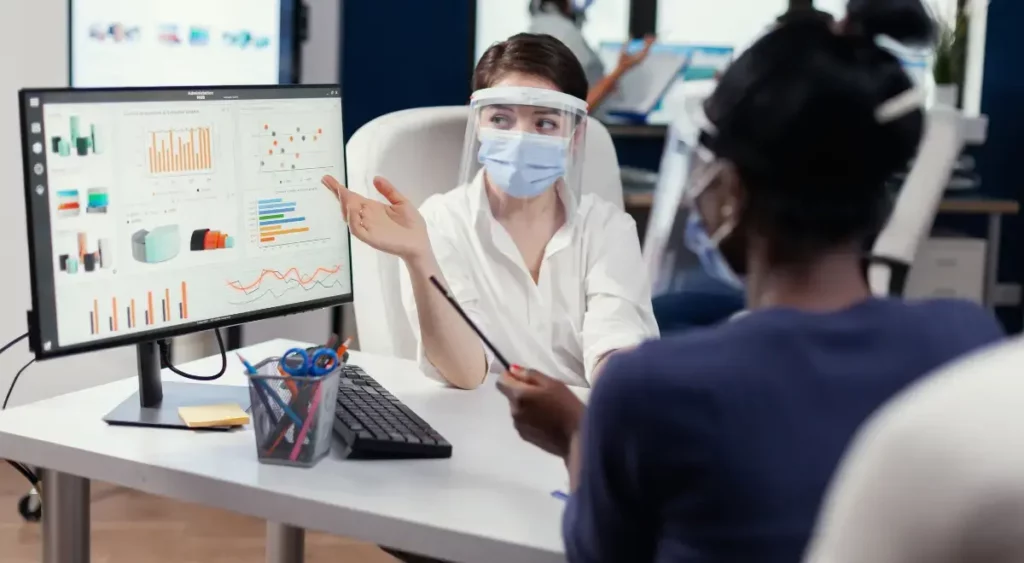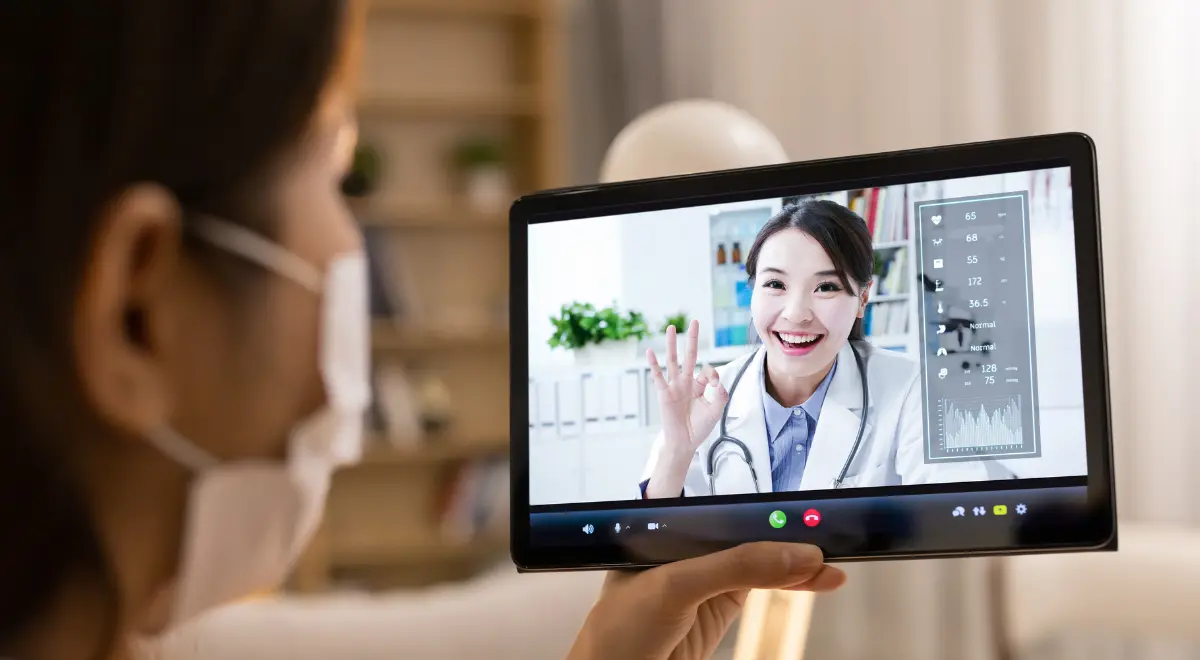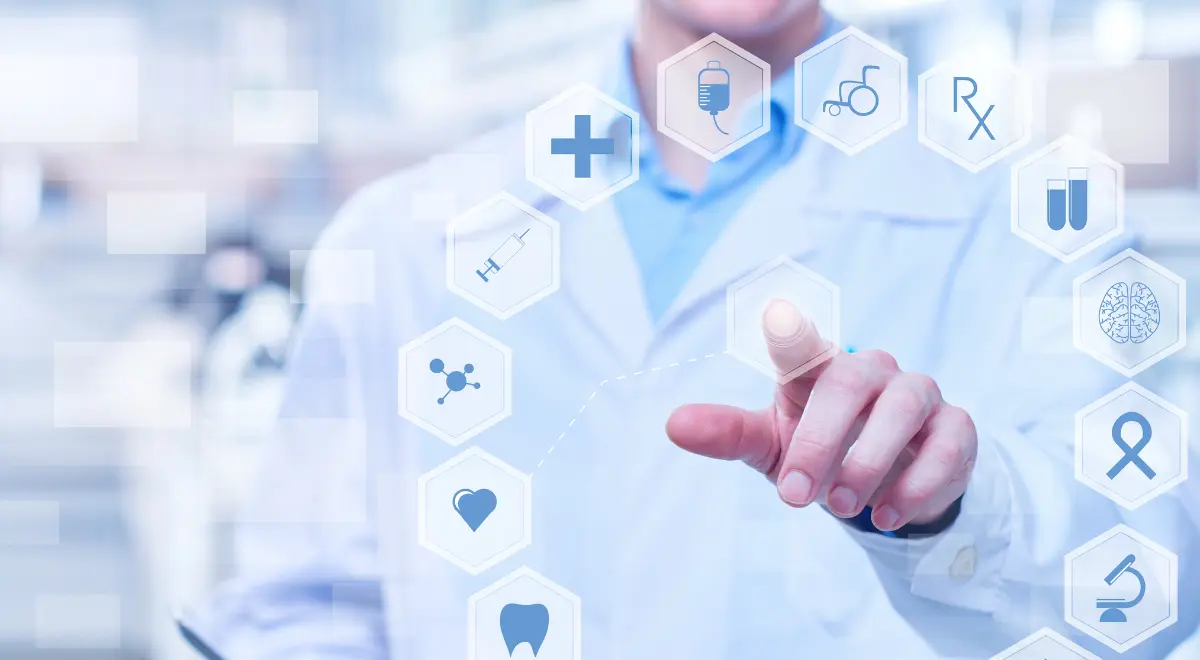Benefits of Remote Patient Monitoring (RPM) Software For Healthcare Providers

Remote Patient Monitoring has really made healthcare quite easy and convenient. With the advancement in modern healthcare platforms and tools, getting in sync with remote patient monitoring systems to improve patient outcomes has become a necessity for healthcare providers.
Remote Patient Monitoring (RPM) solutions have gained a remarkable presence and success in the past years and will continue to do so. Whoever is related to the medical field, right from physicians to nurse practitioners and clinicians to qualified healthcare professionals, implementing digital health platforms and clinical software in their healthcare systems can bring in better outcomes, improve patient engagement, and generate higher reimbursements.
Not only this, remote patient monitoring devices and clinical software are greatly beneficial for chronic patients in improving their access to treatment, while providing real-time monitoring control and quick medical interventions, whenever and wherever needed.
Some advantages of using remote patient monitoring software for providers include:
- Enables Seamless Transition To Proactive Care
Compared to traditional healthcare model, the modern healthcare industry is gradually shifting from a fee-for-service model to a value-based care approach. This healthcare model follows a remote monitoring approach that aims to improve health outcomes while lowering costs and improving patient engagement.
As part of the transition to value-based care models, healthcare delivery is slowly evolving from reactive and episodic in-clinic care to proactive and continuous remote care. Advanced RPM platforms enable healthcare providers to provide continuous care to patients, resulting in better health outcomes and higher reimbursements.
- Reduces Healthcare Costs & Hospital Readmissions
RPM enables healthcare providers to track variations in a patient’s chronic condition in real-time by reporting their vitals to an online dashboard. This preventative care model is focused on reducing the likelihood of medical emergencies, hospitalizations and readmissions
RPM service providers can collect crucial patient data using remote patient monitoring devices. This data is transferred to a HIPAA-compliant platform from where healthcare providers can access it in real-time via efficient dashboards with enhanced predictive analytics.
- Allows Providers To Retain & Treat More Patients
Remote patient monitoring is the latest trend in patient engagement that is gaining quick prominence among patients as well as healthcare providers. For past few years, patients have been readily using RPM platforms for recording and exchanging medical data and to obtain better health outcomes.
Patients with chronic diseases such as diabetes, high blood pressure, cardiovascular issues, and obesity-related problems can benefit from RPM platforms by keeping their healthcare providers in sync with their daily vitals.
- Generates Better Reimbursement For Healthcare Providers
Remote Patient Monitoring allows healthcare practitioners, physicians, and other qualified providers in expanding their patient base, thereby reaching remote patient segments they might not have targeted before with conventional in-clinic care. RPM programs can cover a variety of patients as part of telehealth and telemedicine, including elderly and chronically ill patients.
Healthcare organizations can improve their billable hours by billing for virtual interaction sessions with patients through Remote Patient Monitoring and cellular RPM devices that are easy to use and help target segments of remote patients.
- Reduces the Clinicians’ Workload
RPM Platforms are proven to lessen the workload of clinicians, minimize the risk of stress, along with improving the treatment access to remote or rural patients who require it the most. Primary care physicians, specialists, physician assistants, and nurses can handle patient data more efficiently in a digital setting with innovative RPM devices.
Support from medical doctors, clinical pharmacists, and qualified healthcare professionals on RPM data reduces treatment burdens, optimizes workflow, boosts satisfaction, and relieves stress for the primary care team.
HealthArc’s Role in Advancing Healthcare Via RPM Systems
HealthArc has made significant strides in advancing remote healthcare and care coordination via Remote Patient Monitoring (RPM) technologies. Our platform unifies data from 40+ medical devices, including cellular devices, Bluetooth devices, and wearable technologies to enhance consistent and comprehensive patient monitoring.
Our AI-powered clinical platform improves efficiency in monitoring and focusing on patients in need of immediate care. Not only this, HealthArc ensures high data protection standards and HIPAA compliance for securing patient information and records. Our remote patient monitoring platform features adaptable clinical software, allowing healthcare providers to tailor monitoring and care strategies to meet diverse patient needs.
Take steps to change the way you provide remote healthcare. Book a demo to check out how you can utilize RPM to its fullest extent or schedule a call at +201 885 5571 to talk to our expert team.
Most recent blogs
Categories
- Advanced Primary Care Management
- Behavioral Health Integration
- Cellular Remote Patient Monitoring
- Chronic Care Management
- Chronic Care Management Billing
- Chronic Care Management CPT Codes
- Chronic Care Management Program
- Chronic Care Management Software
- Digital Health Platform
- Principal Care Management
- Principal Care Management CPT Codes
- Remote Care Programs
- Remote Monitoring Devices
- Remote Patient Care
- Remote Patient Monitoring
- Remote Patient Monitoring Billing
- Remote Patient Monitoring CPT Codes
- Remote Patient Monitoring Devices
- Remote Patient Software
- Remote Therapeutic Monitoring
- Remote Therapeutic Monitoring Billing
- Remote Therapeutic Monitoring CPT Codes
- Telemedicine & RPM
- Transitional Care Management
- Transitional Care Management Billing
- Transitional Care Management CPT Codes
Related Posts
- October 21, 2024 | Read Time: 5 mins
Importance of Remote Patient Monitoring (RPM) During Flu Season
- October 4, 2024 | Read Time: 7 mins
Key Remote Patient Monitoring Statistics Every Practice Should Know
- September 21, 2024 | Read Time: 6 mins






